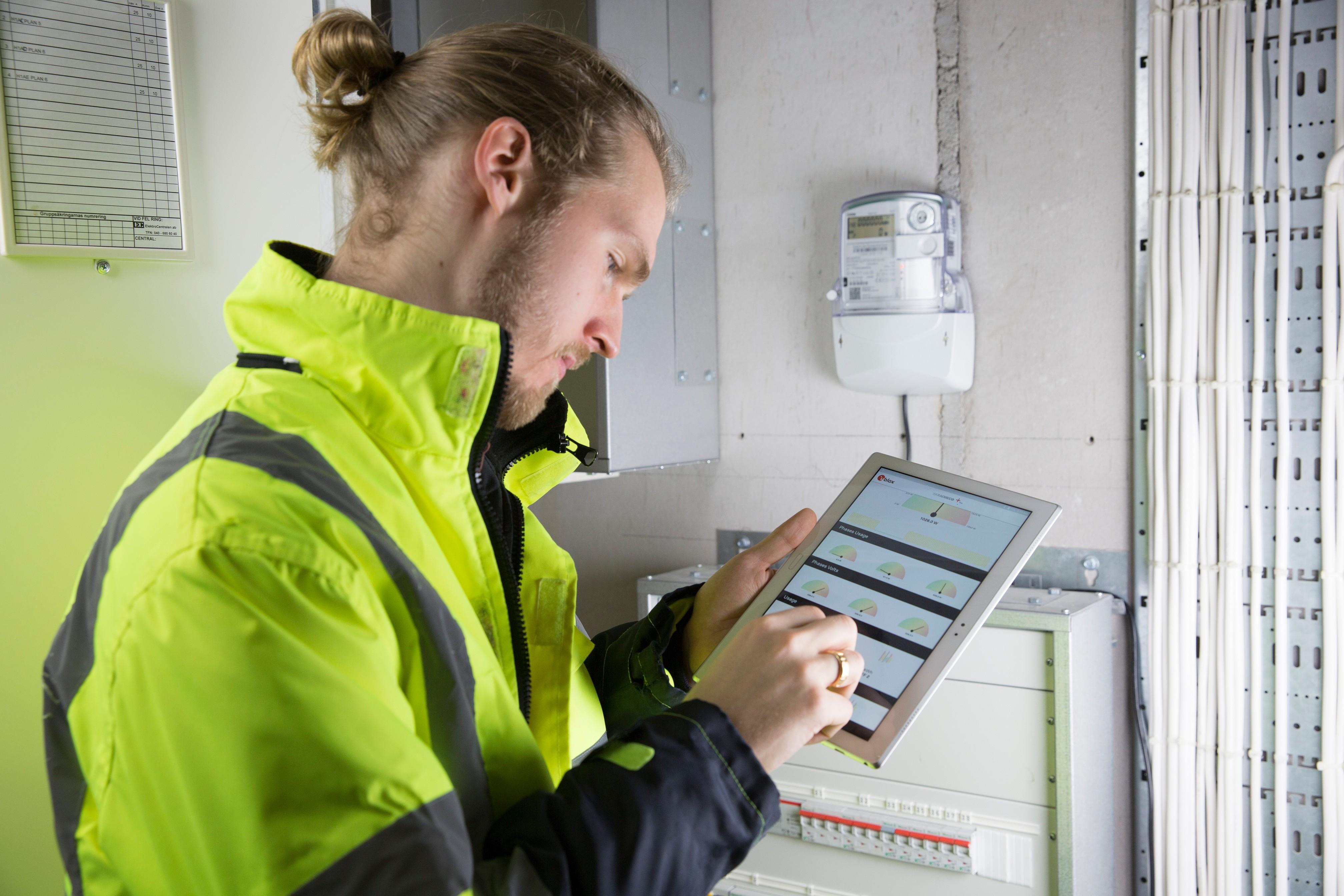- Support portal
- Evaluation Kits and partner products
u-blox Support
- Product documentation
Documentation
- Investor relations
Investor relations
Wireless Solutions
Quick facts
Wireless Communications
“Wireless” is not a technology – it’s a commitment. It’s not about what works. It’s about how well it works. To see the true potential of “wireless,” you have to look at benefits and incentives beyond the freedom from cables. Wireless offers new business potential, new applications, and the possibility to create new and dynamic networks.
Wireless benefits
Wireless communication in tough, demanding applications is nothing new; wireless has been used for more than 40 years using proprietary radios. During the last 20 years, standardized radio technologies like Bluetooth and Wi‑Fi have become the dominant wireless technologies. And lately new dedicated variants have emerged. Vehicle‑to‑Everything (V2X), which is based on IEEE 802.11p enhanced Wi‑Fi, was created to increase traffic safety and in the long‑term enable autonomous driving.
The main advantages of using wireless solutions are the following:
- Greater mobility and freedom of movement
- Eliminating expensive and maintenance‑heavy cabling
- Quick and easy installation and commissioning
- High flexibility when modifying an installation
- Increased personal safety in hazardous areas (e.g. cranes) by offering remote control
- Easy integration of devices into the network
- Flexible human interfaces for any device
Wireless Technology
u-blox provide wireless communication technologies for the automotive, industrial, and consumer markets. Our wireless communication solutions allow people, vehicles, and machines determine their precise position and communicate wirelessly over cellular and short-range networks.
Types of wireless technology
A single wireless technology cannot offer all the features and strengths that fit the various application requirements. Key requirements may be high data throughput, robustness, or low power (e.g. for battery operated devices). Wi‑Fi is often used for production planning and data acquisition as well as applications where fast roaming is required. Bluetooth can be used for Human Machine Interfaces (HMI), programming, service/maintenance, and real‑time control tasks.
The network of sensor devices that are accessible over the Internet is referred to as the Internet of Things (IoT). Standardized wireless technologies are easy‑to‑deploy, cost efficient, and low power. In most IoT applications and solutions, the sensor device needs to be connected to a gateway and, from there, via an Ethernet connection or cellular modem to the Internet.

Ready-to-go wireless
Designing, testing and qualifying wireless solutions for use anywhere in the world takes specialist skills, test equipment, and dedicated facilities. Having to spend weeks reworking a printed circuit board (PCB) due to electromagnetic interference (EMI) issues can easily wipe out the cost benefits of a discrete design.
Compared to internally developed solutions, buying ready‑to‑go wireless modules considerably decreases time to market; we are talking about weeks instead of years. These modules have already undergone time consuming design, testing, certifications, qualifications, and type approvals.
But it is not just about the hardware. Getting Bluetooth and Wi‑Fi modules to behave exactly the way you want them to can be a battle – even for experienced programmers. Typically, it involves complex, time‑consuming, and bug‑prone embedded systems programming. If you don’t have a team of embedded systems programmers at your disposal, and you need to minimize risk, complexity, and your device’s time to market, you would greatly benefit from connectivity software solutions like u‑connect. Such feature‑rich configuration‑based software tools manage connectivity behind the scenes and let you focus on your product’s main features.
To summarize, modules and connectivity software make wireless easy – easy for you to release end‑products to the market:
- Quick time to market
- Plug and play, securing efficient use of your engineering team
- Fully qualified, tested, and certified
- Simplified development with u‑connect
- Less development testing
- Low engineering cost and zero capital investment
- Less production testing, low production set‑up effort
- Lower inventory costs and risks
- Future proof and reduced supplier base
- Assured migration to next generation with pin and software compatibility across generations
- High quality components for consistent performance
- No efforts needed for recertification to new or updated standards
- Less external components required, resulting in reduced numbers of suppliers

Blog
Whitepapers
Case studies
Videos
Webinars
How Bluetooth simplifies smart metering
Wireless connectivity made easy with u-connect
Better user interfaces using Bluetooth low energy Securing industrials IoT applications
Secure IoT solutions for connected health devices
RSDB – Connecting cars with better Wi‑Fi
Autonomous driving – Here today, and tomorrow for everyone